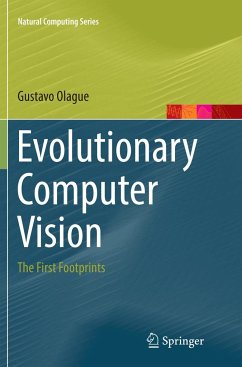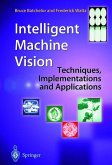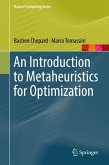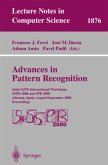This book explains the theory and application of evolutionary computer vision, a new paradigm where challenging vision problems can be approached using the techniques of evolutionary computing. This methodology achieves excellent results for defining fitness functions and representations for problems by merging evolutionary computation with mathematical optimization to produce automatic creation of emerging visual behaviors.
In the first part of the book the author surveys the literature in concise form, defines the relevant terminology, and offers historical and philosophical motivations for the key research problems in the field. For researchers from the computer vision community, he offers a simple introduction to the evolutionary computing paradigm. The second part of the book focuses on implementing evolutionary algorithms that solve given problems using working programs in the major fields of low-, intermediate- and high-level computer vision.
This book will be ofvalue to researchers, engineers, and students in the fields of computer vision, evolutionary computing, robotics, biologically inspired mechatronics, electronics engineering, control, and artificial intelligence.
In the first part of the book the author surveys the literature in concise form, defines the relevant terminology, and offers historical and philosophical motivations for the key research problems in the field. For researchers from the computer vision community, he offers a simple introduction to the evolutionary computing paradigm. The second part of the book focuses on implementing evolutionary algorithms that solve given problems using working programs in the major fields of low-, intermediate- and high-level computer vision.
This book will be ofvalue to researchers, engineers, and students in the fields of computer vision, evolutionary computing, robotics, biologically inspired mechatronics, electronics engineering, control, and artificial intelligence.
"Olague's book aims to lay the foundations of this interdisciplinary research topic, concentrating particularly on goal-driven vision. ... This book is very pleasant to read, clear and well explained. ... Dr. Olague dots the text with original viewpoints, historical perspectives, and philosophical arguments. ... this excellent book is suitable for a large audience: beginners will find all the important features to start with, while specialists will find food for thought." (Evelyne Lutton, Genetic Programming and Evolvable Machines, 2017)








